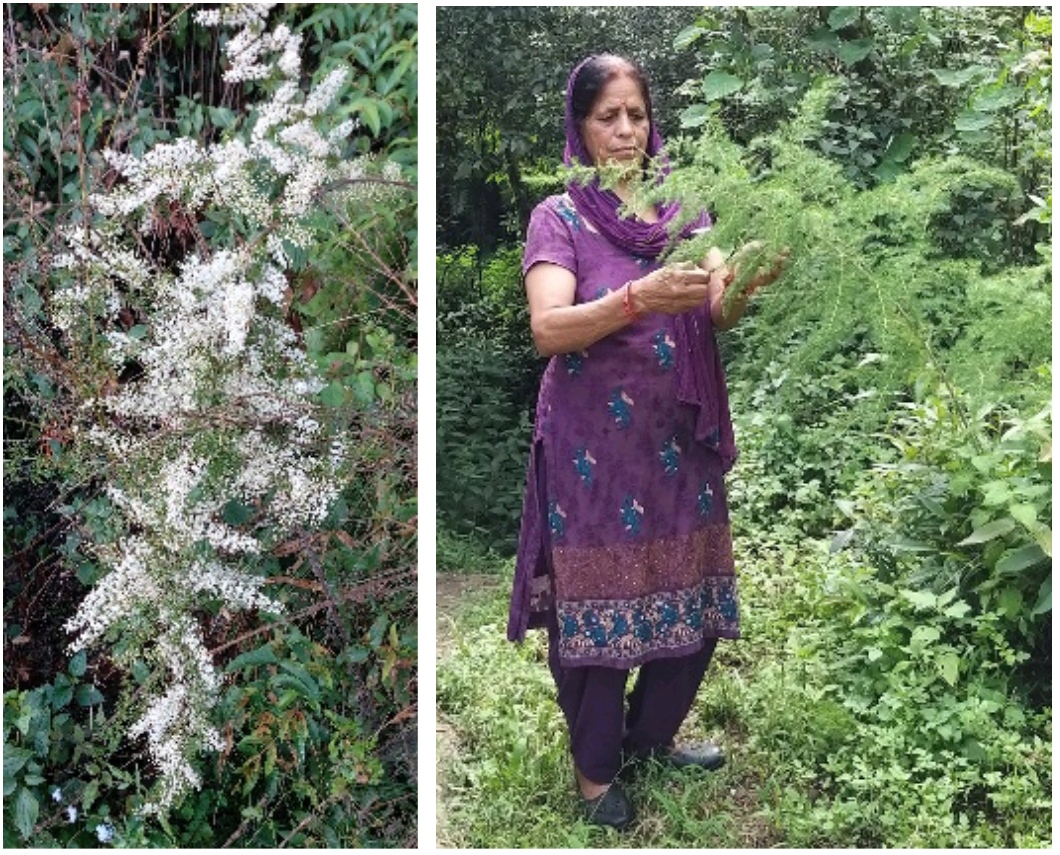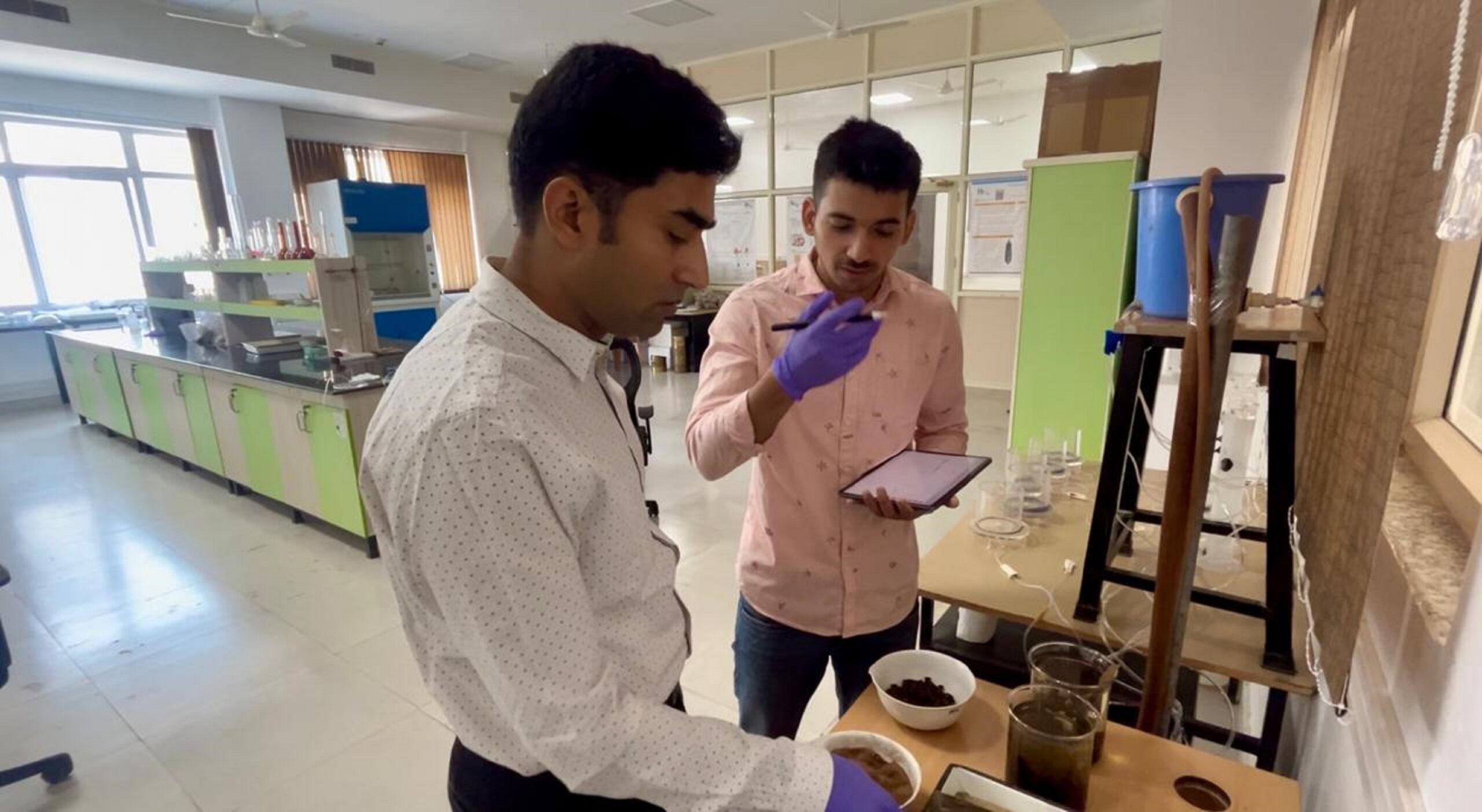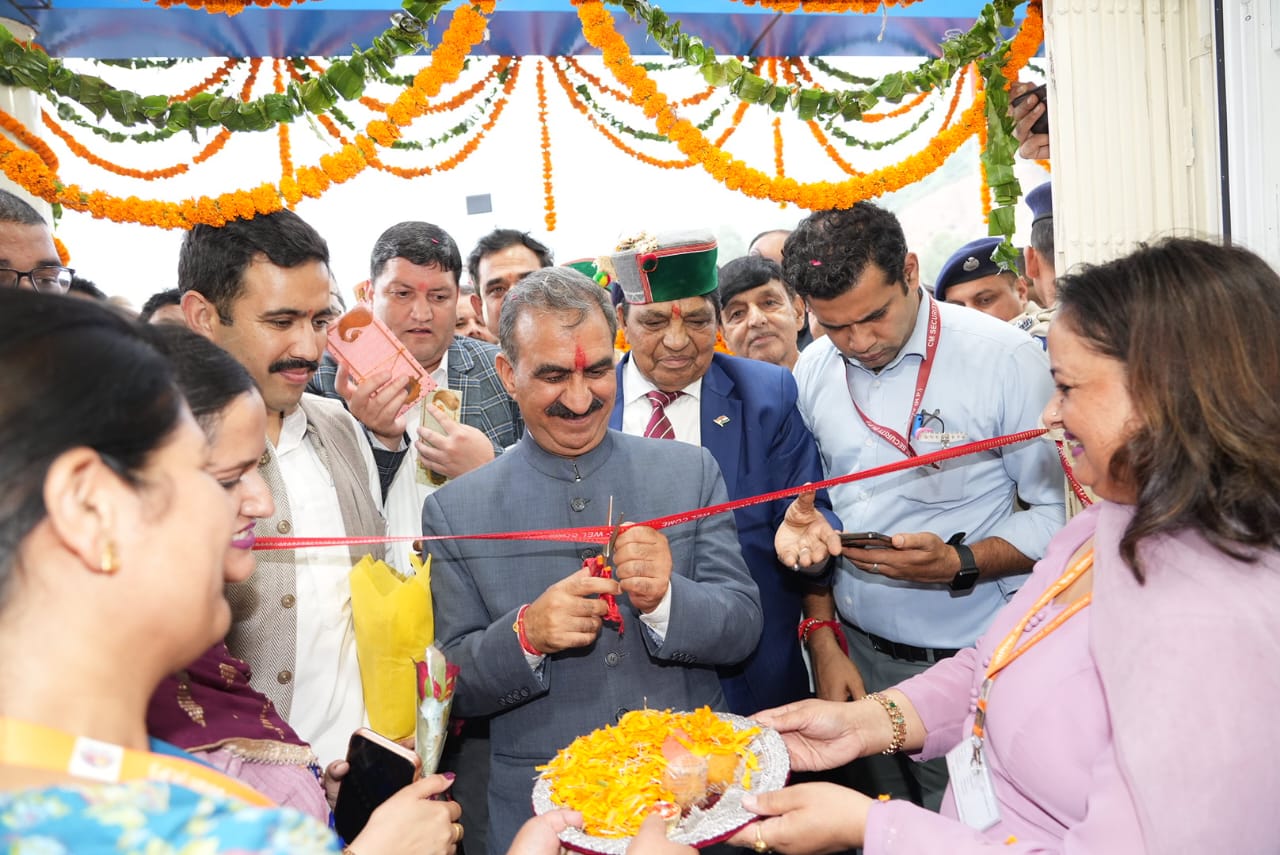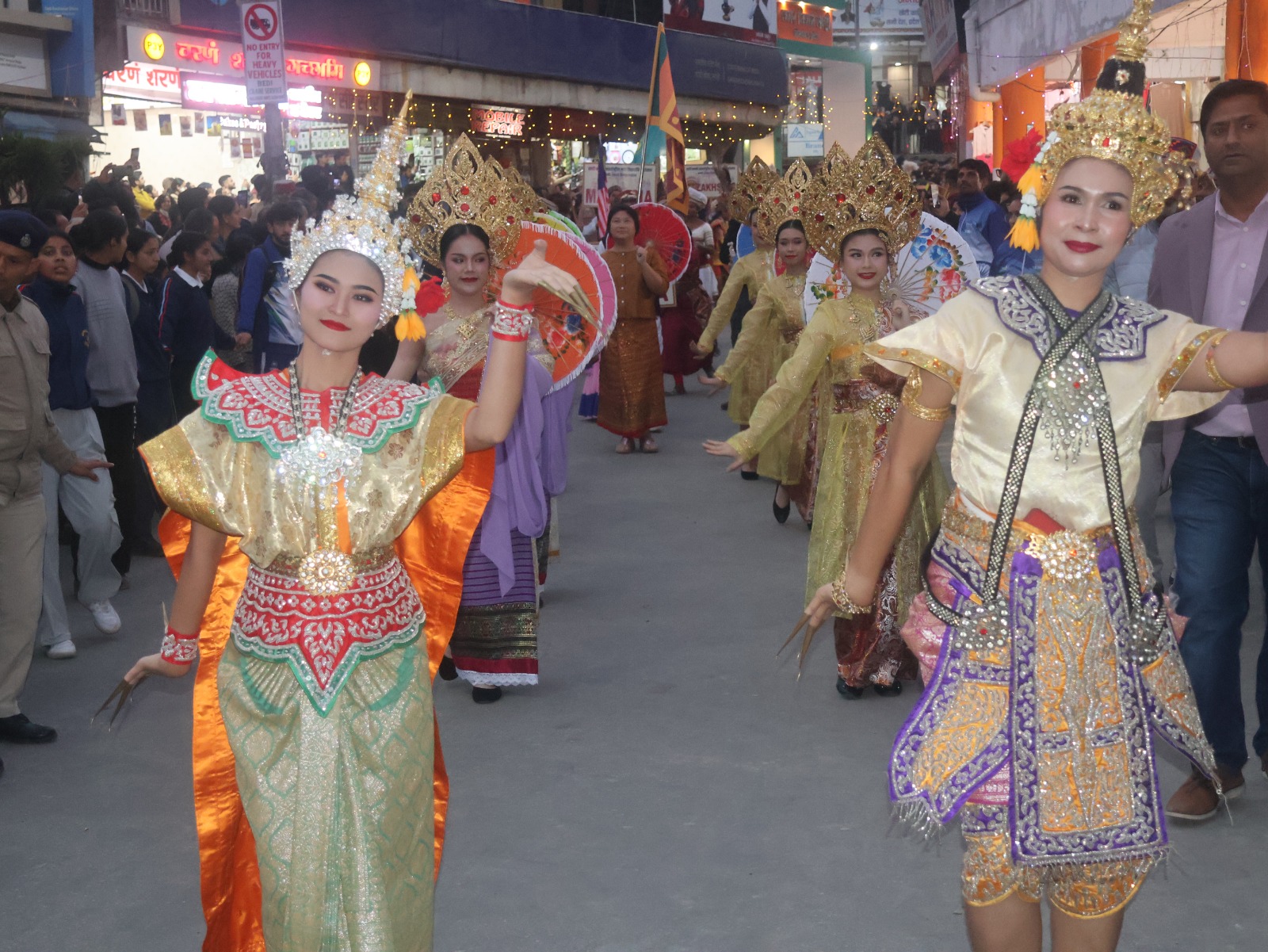Rethinking Highway Landscaping: A Call for Native Flora. Dr. Tara Devi Sen.

Shimla:
As I journeyed to Chandigarh for the Regional Stakeholders Meet of the Regional Cum Facilitation Centre (RCFC) Northern Region-1 under the aegis of the National Medicinal Plant Board (NMPB), Ministry of AYUSH, a wave of thoughts mix of admiration and concern occupied my mind. The newly constructed four-lane highways were undeniably modern, but the uniform beautification along the stretch left me reflecting on what had been lost.

While some tourists may find this attractive, as a botanist and a lover of the Himalayas, I felt a tinge of disappointment. Thinking gone are the days when highways served as windows to the Himalayas’ rich natural diversity, where native plants flourished in their seasonal splendor. Instead, ornamental and exotic plants dominate the landscape, often at the expense of the indigenous flora that once thrived here. While such uniformity might appeal to some, it erodes the unique ecological identity of the region, reducing the habitat’s value for local fauna and biodiversity. Previously, travellers and nature enthusiasts could marvel at the changing phenological stages of diverse native flora throughout the year. Sadly, this dynamic beauty has been replaced by monotony.

It raises an important question: Why not use native, multipurpose plant species for beautification? Native species not only enhance the region’s natural aesthetic but also serve multiple purposes—they provide food, fodder, medicine, and raw materials. Additionally, they support native fauna, including birds, while being climate-resilient and low-maintenance.

Some remarkable native plants that could be used range from sub-tropical to temperate zones:
Butea monosperma (Palash): A sacred plant from the Navgraha tradition, offering medicinal and material value.
Phoenix species: An excellent source of food, fodder, and material.
Reinwardtia indica, Hellenia speciose, Impatiens sulcatea, Asparagus species, and Indigofera species: All rich in ecological and medicinal importance.


Taxus contorta and Rhododendron species: Known for their therapeutic properties.
Cornus capitata and Pyracantha crenulata: Bearing vibrant fruits that attract birds.
Myrica esculenta (Kafal), Elaeagnus umbellata, Rubus spp, Flacurtia sapida, Eriobotrya japonica, and Rosa macrophylla Valued for their edible fruits.
Hypericum species, Senna spp, Solidago virgaurea, Berberis spp. Callicarpa macrophylla, Agave species, Rosa brunonii and Aesculus indica: Multipurpose and resilient against climatic extremes.

Replacing native flora with exotic ornamental species often leads to unforeseen ecological consequences, such as out-competition of native plants, disruption of local ecosystems, and increased maintenance requirements. Native plants, on the other hand, are well-adapted to their habitats and can play a vital role in addressing modern challenges like carbon sequestration, resource conservation, and sustainable livelihoods.
The rapid pace of infrastructural development in North India, especially the broadening of roads, has contributed to increasing natural calamities such as landslides and flash floods. It underscores the urgent need to adopt a sustainable approach to development. Incorporating native flora into roadside landscaping can mitigate environmental challenges while fostering biodiversity conservation.
As stewards of our natural heritage, it is imperative to utilize our resources—jal (water), jameen (land), jungle (forest), jan (people), and janvar (animals)—judiciously. While progress cannot and should not be stalled, it must be guided by sustainability. By aligning infrastructural growth with ecological preservation, we can achieve a harmonious balance between development and nature.
Let us envision highways adorned with vibrant, fruit-laden native trees and shrubs that not only captivate travellers but also nurture the environment. In these times of ecological uncertainty, prioritizing native species is not just a choice—it is a responsibility we owe to our planet and future generations.
Dr. Tara Devi Sen
Writer is Head of Botany Department, Vallabh Government College Mandi Himachal Pradesh.




